|
Don't let your learning lead to knowledge.
Let your learning lead to action.
Jim Rohn

Planet Stewards Education Program Connection Links
It's not too late to take the challenge and participate!
PROFESSIONAL DEVELOPMENT OPPORTUNITIES
|
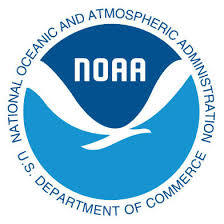
OneNOAA Science Seminars are the most complete and integrated summary of NOAA science and climate seminars across the nation. The Series aims to bring you the most comprehensive summary of public access, NOAA hosted science seminars/webinars available. Visit the OneNOAA Science Seminar Calendar. All seminars are posted in Eastern Time. Please check the OneNOAA Seminar Webinar web page for the latest schedule and updates.Seminars are always open to the public via remote access and are appropriate for adults interested in the topic offered each webinar. Join us!
|
Summer Institute for Climate Change Education, August 5-7 in D.C.
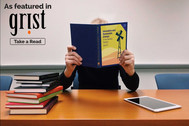
A Summer Institute, held in partnership with the Lowell School in Washington DC, will show 6-12th grade educators how to incorporate climate change into Humanities subjects. See how climate change information and data can come to life through art, writing, literature, and ArcGIS in the classroom. Climate Generation's Summer Institute was featured recently in Grist. Register here!
|
"Explore the Salish Sea" Educator Workshop
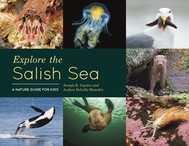
An educator workshop will be held on August 7, 2019 to support the goals of ocean literacy and Salish Sea stewardship that encompasses the coastal waters from Seattle’s Puget Sound up to the Strait of Juan de Fuca and the Georgia Strait of British Columbia. This event is being held at Western Washington University in Bellingham, WA where participants will receive hands-on, NGSS-linked Salish Sea-based lesson plans for students based on the best-selling book, Explore the Salish Sea: A Nature Guide for Kids. Register and see the agenda here. SeaDoc Society and the Salish Sea Institute will be holding workshops in the Salish Sea throughout 2019 and 2020.
|
 Free Webinars from C2ES
July 24, 1-2pm ET: Putting a Price on It: Global Leadership on Carbon Pricing. Register here.
As a growing number of countries are implementing or planning to implement a carbon price, this webinar will discuss carbon pricing trends and lessons learned with carbon pricing programs.
Explore Inside Tornado Alley Storymap from NOAA
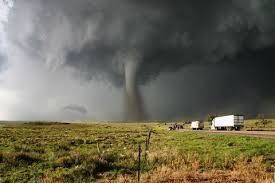
NOAA’s new story map takes you Inside Tornado Alley to NOAA’s Norman, Oklahoma campus. It’s here that some of the world’s most significant scientific and technological breakthroughs in meteorology are born. From the front lines of forecasting severe weather to a revealing look at what’s on the horizon, you’ll see how NOAA continues to change the face of weather forecasting. Catch the action in America’s heartland!
|
ECO Magazine Special Issue – Ocean Sound
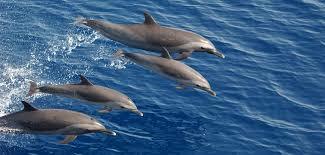
As we flock to the sandy shores, we breathe in the salty air and listen to the soothing sounds of waves lapping the beach. It’s hard to imagine life beneath the surface to be any less tranquil. But, the ocean – both wild and calm – is a sea of contradiction. This year’s special issue reports on the organizations and technologies that are mapping the soundscape of our unsilent seas, and revealing some surprising discoveries along the way. Enjoy reading – and listening – to our special issue on Ocean Sound.
|
|
CONFERENCES, REPORTS, and NEWS
|
North American Assoc. for Environmental Educators Conference
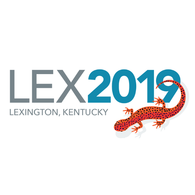
NAAEE’s 16th Research Symposium and 48th Annual Conference will convene over 1,000 formal and nonformal environmental education professionals in Lexington, KY under the theme of “Educating for a Just and Sustainable Future.” The Conference, October 16-19, focuses on how education can build hope, motivate action, and help achieve the Global Sustainable Development Goals. The Research Symposium, October 15-16, focuses on in-progress environmental education research to understand the current and future directions of the field. Both events include timely sessions that address climate change education, community resilience, and scientific literacy.
Research Symposium Link: http://www.naaee.org/conference/research-symposium
Annual Conference Link: http://www.naaee.org/conference/strands
|
Encouraging Creativity in STEM Pursuits
 |
|
From the National Science Teachers Assoc. (NSTA): Creativity often may be overlooked in science, technology, engineering, and math (STEM), but STEM teachers are finding ways to make their lessons and courses innovative and encourage their students to be creative. Read more in this NSTA Reports article.
|
|
THIS MONTH'S MAP & DATASET WATCH
|
Map Watch: Where are the World's Wetlands?
|
From ResourceWatch: Developed by the World Wildlife Fund and the University of Kassel in Germany, the Global Lakes and Wetlands Database (GLWD) shows the location and type of 10 million square kilometers of wetlands, which cover about 7 percent of the earth’s surface. Study the Map and learn more about it here.
|
|
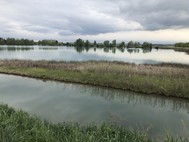 |
Dataset Watch: Explore the Aridity Index
From ResourceWatch: The aridity index is a measure of dryness based on data on average annual precipitation and potential evapotranspiration, from 1970 to 2000. Explore the dataset information and visualization here and if you're working secondary students, have them do the same! |
|
 |
An Educator's Guide to Marine Debris
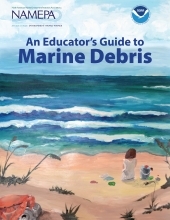 |
|
In partnership with NOAA, the North American Marine Environment Protection Association has created An Educator’s Guide to Marine Debris providing educators with a tool to help students become more informed on marine debris and encourage environmental stewardship.The guide is designed for formal and informal settings and includes information about marine debris and lessons for students in grades K-12, with a focus on STEM objectives. Download it here.
|
Marine Debris Toolkit for Educators
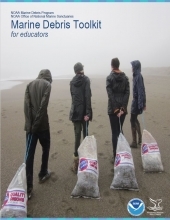 |
|
NOAA's Marine Debris Program and Office of National Marine Sanctuaries are pleased to introduce the Marine Debris Kit; one tool to helping the next generation understand the impacts of marine debris through hands-on, investigative surveys. This kit provides ways to engage youth, educate them on the issue of marine debris, provide them opportunities to collect and analyze marine debris in their local community, and compare their results with youth across the nation and world. Most importantly, it provides youth the tools to make a difference and the encouragement to find their voice. Download the Toolkit here. |
Resisting Scientific Misinformation - Secondary Curriculum
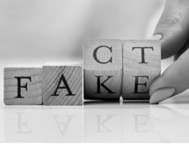 |
|
In conjunction with WGBH’s NOVA, Andy Zucker and Penny Noyce have created a one-week unit for grades 6-12 called “Resisting Scientific Misinformation,” available on this website free of charge. Help students examine claims that seem to be based on science but often are not. These classroom-tested materials—a Teacher Guide and four short videos—make it easy.
|
"Climate Stripes" Graphics Show U.S. Climate & Rain Trends
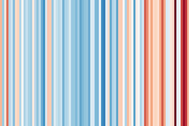 |
|
Among the simplest ways to turn global climate and rain data into pictures is the technique used for this interactive map: simple colored stripes showing each year's temperature and precipitation compared to the long-term average. Have students use this map to see U.S. state and county climate trends since 1895 displayed as simple stripes. Explore the climate stripes tool here.
|
|
To list an event, announcement, or other opportunity in an upcoming issue of The Watch,
email Bruce Moravchik at NOAA with:
1. Event/announcement title
2. Date and time if applicable
3. One paragraph description
4. Link or email address for more information.
|
|